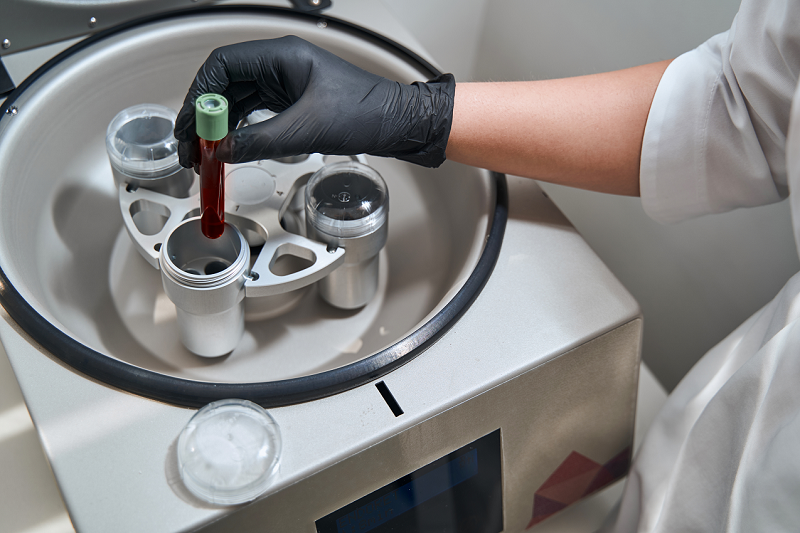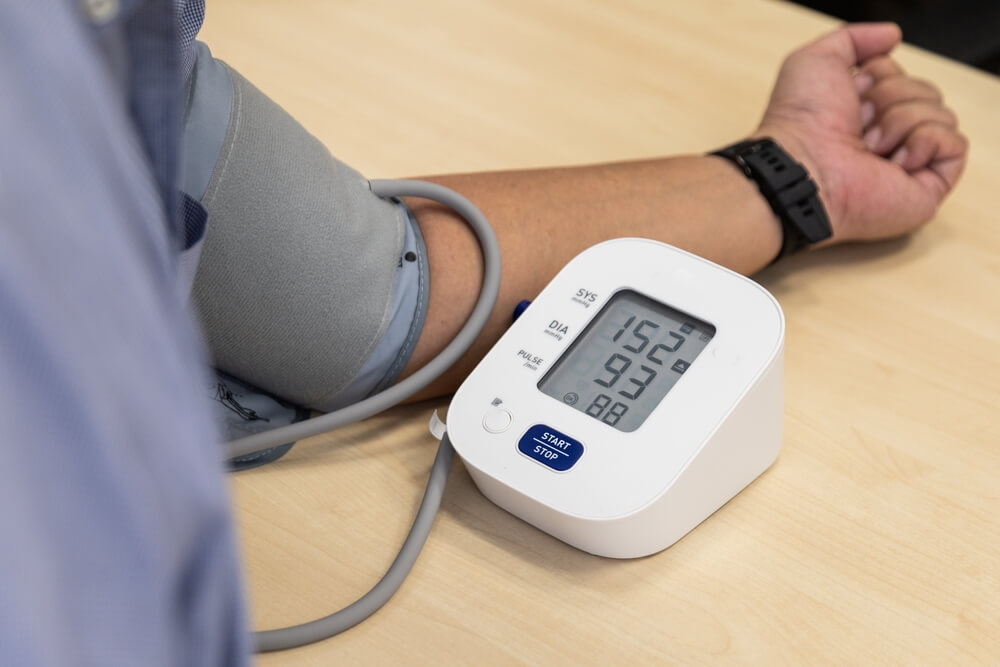
Platelet-Rich Plasma (PRP) Therapy: Accelerating Healing and Tissue Regeneration
Platelet-rich plasma (PRP) therapy is an innovative medical treatment that has gained significant popularity due to its potential to promote healing and regeneration in various areas of the body. This cutting-edge therapy utilizes the regenerative properties of a patient’s own blood to provide a natural and potentially effective solution for a wide range of conditions.
What are Platelets and Why are They Important?
Platelets are tiny, disc-shaped blood cells that play a crucial role in blood clotting. However, they also contain a diverse array of growth factors and proteins that contribute to tissue repair and regeneration. When an injury occurs, platelets rush to the site and release these healing substances, initiating the natural repair process. PRP therapy capitalizes on this inherent ability of platelets to enhance and accelerate healing.
The PRP Procedure: Harnessing the Power of Platelets
The PRP procedure begins with a simple blood draw from the patient. The collected blood is then processed using a centrifuge, which separates the platelet-rich plasma from other blood components. This process yields a concentrated solution of platelets and growth factors, which can be precisely targeted to the affected area.
Applications of PRP Therapy
PRP therapy has shown promise in a wide range of medical and aesthetic applications. In orthopedics, it has been used to treat chronic tendon injuries, such as tennis elbow or Achilles tendonitis, by promoting tissue repair and reducing inflammation. Additionally, PRP has demonstrated potential in addressing joint conditions like osteoarthritis, where it may help alleviate pain and improve joint function.
Safety Profile and Considerations
One of the significant advantages of PRP therapy is its safety profile. Since PRP is derived from the patient’s own blood, there is minimal risk of adverse reactions or rejection. However, as with any medical procedure, it is essential to consult with a qualified healthcare professional to determine if PRP is suitable for the specific condition being treated.
Conclusion: Harnessing the Power of Platelets for Healing
In conclusion, PRP therapy is an innovative treatment option that utilizes the regenerative potential of platelets to accelerate healing and promote tissue repair. With its wide range of applications in orthopedics, dermatology, and aesthetic medicine, PRP has emerged as a versatile solution. By harnessing the growth factors and healing substances found in platelets, PRP therapy offers a natural and potentially effective approach to address various conditions. However, it is important to consult with a healthcare professional to determine if PRP is the right choice for the specific needs of each individual patient.
Share this article
Follow us
A quick overview of the topics covered in this article.











